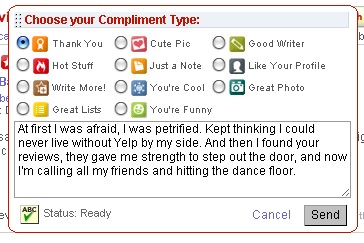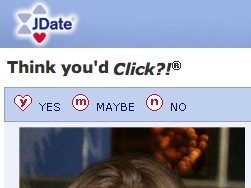Subscribe to blog updates via email »
Thin-Ice Interaction, The Ice-Breaker of Social Media
- Thin-Ice Interaction
- Interaction between, or amongst, two or more parties that is facilitated by purposeful reduction of sources of social anxiety.
I was once at a party where everyone had the name of a celebrity taped to their back. We all then went around the party, asking people yes or no questions to gather information to guess which celebrity we “were.”
“Am I a male?” “Yes.” “Do I wear a suit?” “Yes.” “Do I live with talking inanimate objects?” “Yes.” “Pee Wee Herman?” “Correct!”
This is usually called an “icebreaker,” but it dawned on me that it’s not so much that this activity broke ice, it was that it made the ice much thinner than it might normally be when talking to strangers.

WANT TO WRITE A BOOK?
Download your FREE copy of How to Write a Book »
(for a limited time)
There’s alot of Ego Capital at stake when first interacting with someone. You never get a second chance to make a first impression. Never. How will they interpret your actions and words? What will you talk about? Will your interaction with them be welcome? When there’s an “icebreaker” involved, the answers are: as part of the icebreaker, the conversation pieces provided by the icebreaker, and yes – unless they are a very closed individual. Icebreakers reduce some of the biggest sources of social anxiety in interacting with a new person – the “ice,” if you will.
Successful social media sites employ Thin-Ice Interaction to reduce the psychological barriers to interacting with a new person. Here are a couple of good examples:

Yelp’s “Compliment” Feature
So you’re browsing around to figure out where to go to dinner tonight, and you see a Yelp review that you really like – thus you really want to contact the person who wrote it. Or, maybe there’s – ahem – an ulterior motive. With this feature, not only does Yelp give you a plethora of options for just what to compliment them about (Thank You, You’re Cool, Hot Stuff, etc.), they even present you with a canned message so you can go about doing so without having to come up with something clever.
This make it easy for you to interact with the other user, but it also reduces your upfront investment of Ego Capital – your “out-on-a-limb-ness.” They know they’re receiving a canned message – they’ve probably received a similar one before – so your ego isn’t at as much risk if they would rather not interact with you. Imagine if these canned messages didn’t exist, and you received word-for-word the same thing in the form of a private message – the interpretation of that message would be entirely different, and sending it would involve breaking through much thicker “ice.” Instead, you can break the thinner ice by giving a canned compliment to the other user. If they respond to you, then you can move forward to another interaction layer (messages you write yourself, meeting for coffee, helping them move, etc.).

JDate.com’s “Click” Feature
This is about as thin-ice as dating gets. Remember how people got together in grade school? “Do you like her?” “I like her if she likes me…” Oh, if only you could find out if she likes you before you show your cards and risk rejection. This is just like that.
When you see someone who interests you, you click “yes,” “no,” or “maybe.” If you click “yes,” JDate will discreetly make sure that person sees your profile at some point. If they click “yes,” you both get a “click alert” e-mail. So, this feature finds out if both parties are interested, without either of them having to deal with that oh-so-dreaded rejection. If only they had this in grade school.
Here’s a couple other examples of thin-ice interaction on successful social media sites:
Facebook’s “poke” feature: Don’t want to send a message? Just poke. The ego of the user can hide behind the ambiguity in the intended purpose of this feature.
Match.com’s “wink” feature: Why spend an hour trying to craft a witty first message when you don’t know if that cutie will respond at all? Just wink to test the waters.
Analyzing this phenomenom makes these features sound like crutches for social degenerates, but really, getting your users to interact with one-another is key to creating a vibrant online community where real relationships are eventually formed.



